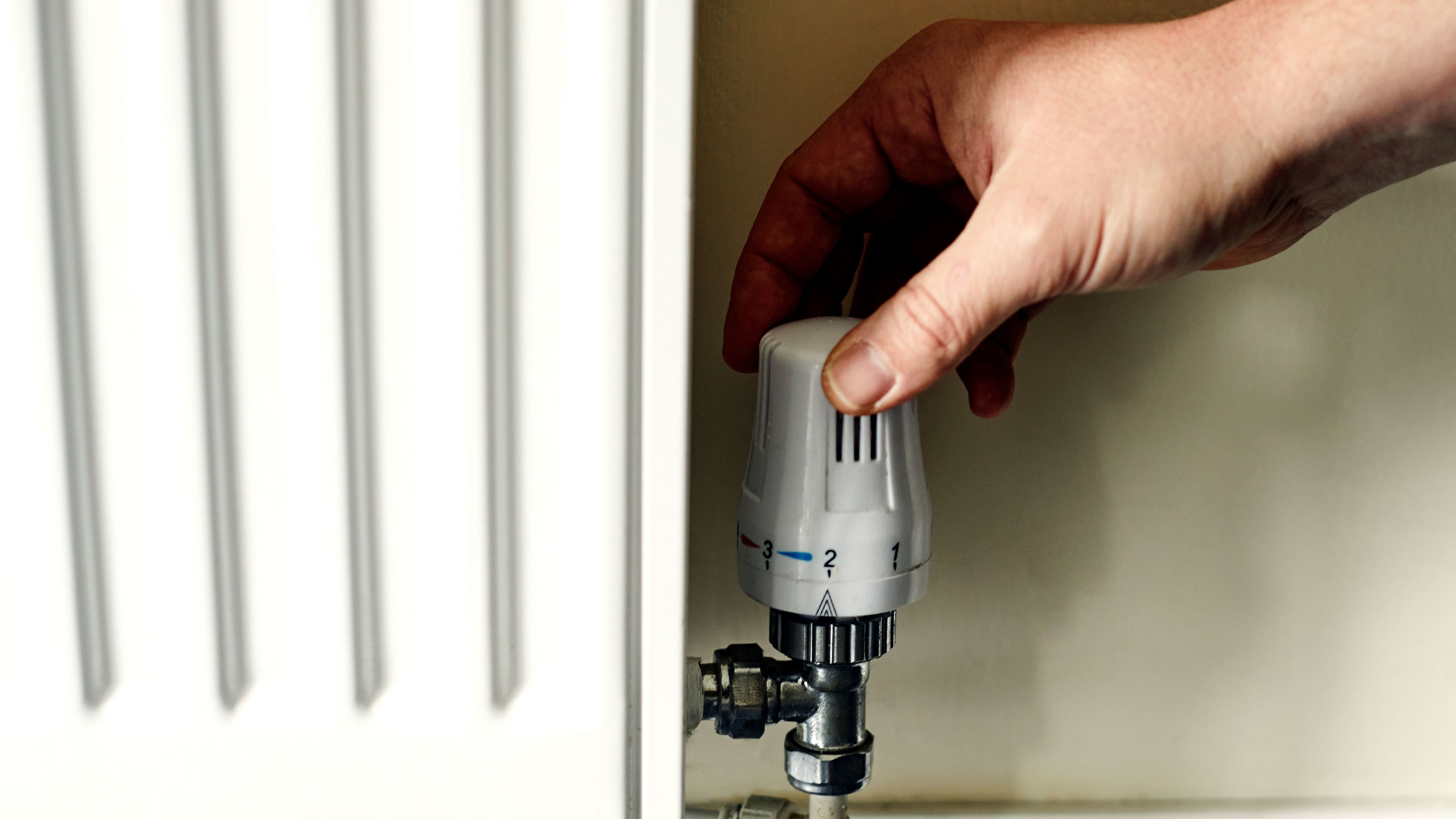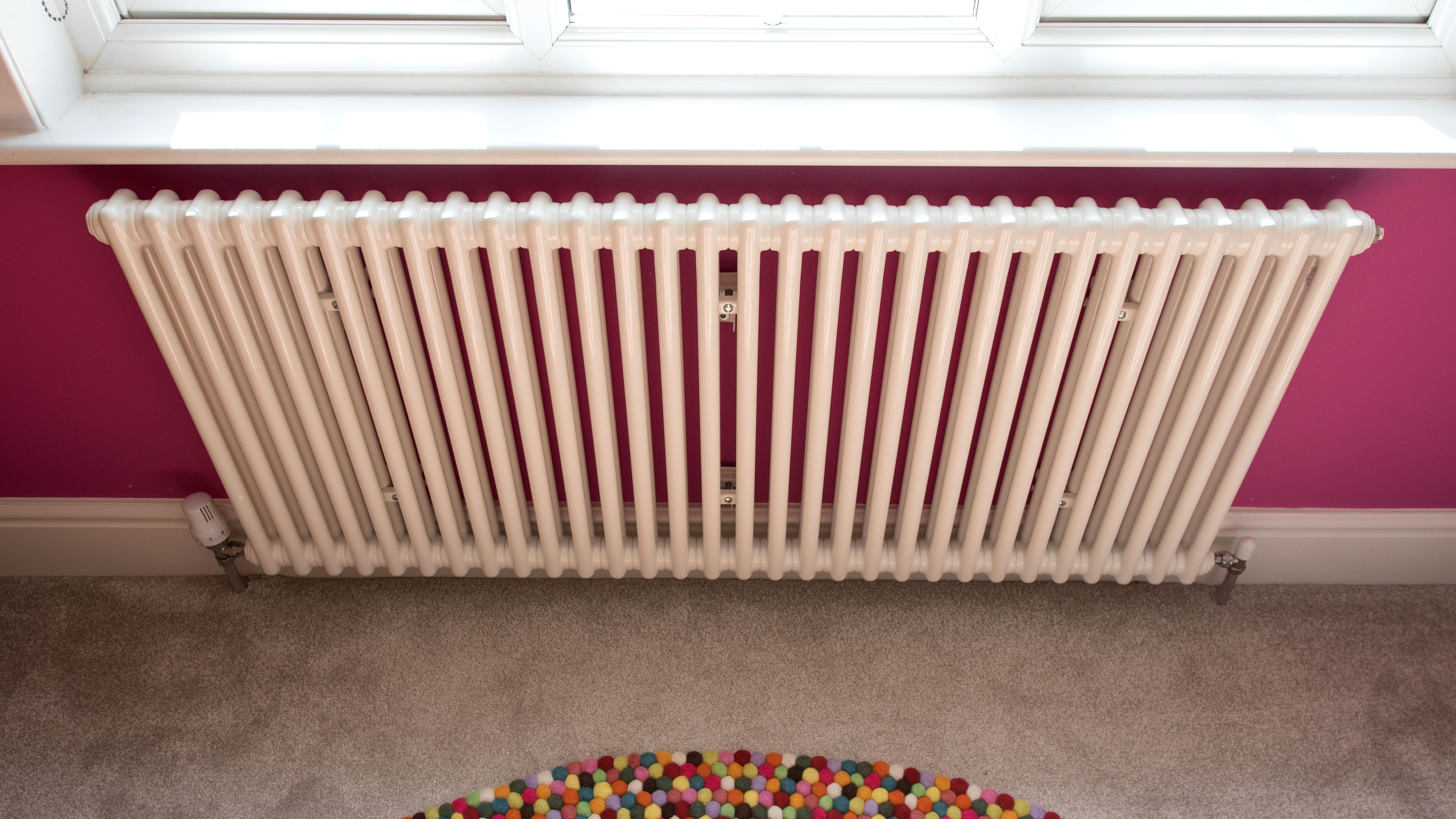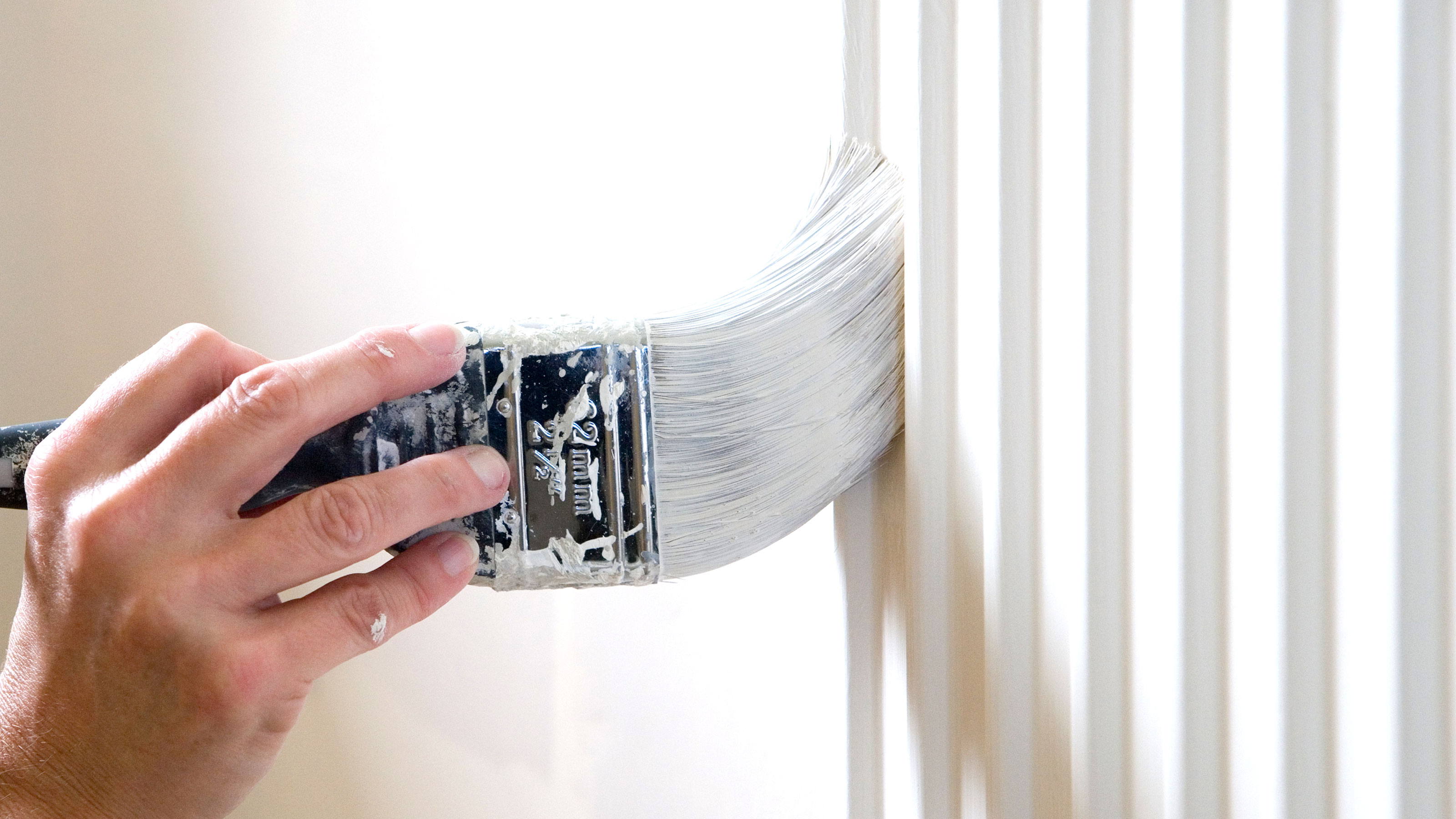How to isolate a radiator ready to replace or remove to decorate
Knowing how to isolate a radiator isn’t rocket science, but you need to get it right to save yourself from unwanted water spillage on your carpet or floors

Learning how to isolate a radiator is a skill that any DIYer needs. It's simple, straightforward and cost-effective. Effectively isolating a radiator is stopping the water supply to the radiator. This means that you can then remove it to paint or plaster behind it or you can replace it with a new radiator.
But be careful if you are going to remove the radiator as it will still be filled with water. Once the valves have been closed you will need to undo the connecting nuts, so have a few bowls ready to catch the radiator water. Once finished painting and reattached the radiator you will need to know how to bleed a radiator to ensure that it does its job properly when you need it.
How to isolate a radiator: the tools you’ll need
You will only need a few tools, but make sure that you have them ready before you start. You'll need:
- Adjustable spanner
- Bucket/container
- Water pump pliers
- Bleed key (optional)
Two steps to isolating a radiator
1. Be prepared
They might not be needed but have a couple of containers and towels ready if you are going to remove the radiator after isolation. Wrap the towels around the water pipes and place the bowls under the valves.
2. Isolate the water supply
This is a simple process. If you have a thermostatic valve turn this to zero. If you have a manual valve remove the plastic cap and use a pair of pliers, or grips and turn clockwise until the valve is closed. Now do the same with the lockshield valve and make sure it is closed. Job done.
You can now begin the process of removing the radiator.
Does isolating a radiator stop it leaking?
Yes and no — knowing how to fix a leaky radiator will stop the water supply from the pipes, but isolating the radiator may not stop the leak. It very much depends on where the leak is located.
If the leak is located on the radiator itself – this typically applies to old and rusting radiators that have been painted – then isolating the radiator won’t help. You will need to remove the radiator and replace.
However, if the leak is in one of the valves it will depend on what part of the valve. For example, if the olive on the water pipe joint is worn the leak won't stop when the valve is turned off.
What are the two valves on a radiator?
There are many types of radiators but they all have one thing in common — two valves. These are known as a thermostatic or manual valve which controls the temperature and a lockshield valve which controls the flow of water that exits the radiator.
Typically a lockshield valve has a plastic cap and generally doesn’t need to be adjusted once it has been installed and the radiator has been balanced. The thermostatic valve (TRV) or manual valve helps control the temperature of the radiator.
Manual valves need to be operated manually — hence the name. You will need to turn them up or down manually to control the temperature. A thermostatic valve (TRV) operates slightly differently. You can set the dial to your preferred temperature and when the room reaches that temperature the radiator will shut off.
When the temperature starts to drop the radiator will automatically start to heat up again. This helps keep the temperature constant and is a more cost-effective way of heating your home. There are also smart TRVs available which enable control from a device.

How do I know if my radiator is isolated?
Once you have closed the two valves the water supply to the radiator will stop. The thermostatic or manual valve which controls the temperature should be set to zero. This means that the radiator will cool down and stay cold as no water will be able to reach the radiator.
The lockshield valve by default is left open to let the water flow through the radiator. The lockshield valve is part of the process of how to balance radiators to get an even temperature throughout a home. Turn this clockwise until closed to stop the water flow.
Can you remove a radiator and still use the central heating?
Yes you can. If you are looking to paint behind a radiator or replace an old radiator with a new one you first need to make sure that both valves are turned off. The water will then bypass the radiator and flow through to the next radiator in the central heating system.
Ideally you should only remove one radiator at a time. Two is OK, but it is best not to remove any more at any one time. This can cause the pressure to go up which can damage the heating system.

Get the Homebuilding & Renovating Newsletter
Bring your dream home to life with expert advice, how to guides and design inspiration. Sign up for our newsletter and get two free tickets to a Homebuilding & Renovating Show near you.
Steve Jenkins is a freelance content creator with over two decades of experience working in digital and print and was previously the DIY content editor for Homebuilding & Renovating.
He is a keen DIYer with over 20 years of experience in transforming and renovating the many homes he has lived in. He specialises in painting and decorating, but has a wide range of skills gleaned from working in the building trade for around 10 years and spending time at night school learning how to plaster and plumb.
He has fitted kitchens, tiled bathrooms and kitchens, laid many floors, built partition walls, plastered walls, plumbed in bathrooms, worked on loft conversions and much more. And when he's not sure how to tackle a DIY project he has a wide network of friends – including plumbers, gas engineers, tilers, carpenters, painters and decorators, electricians and builders – in the trade to call upon.

